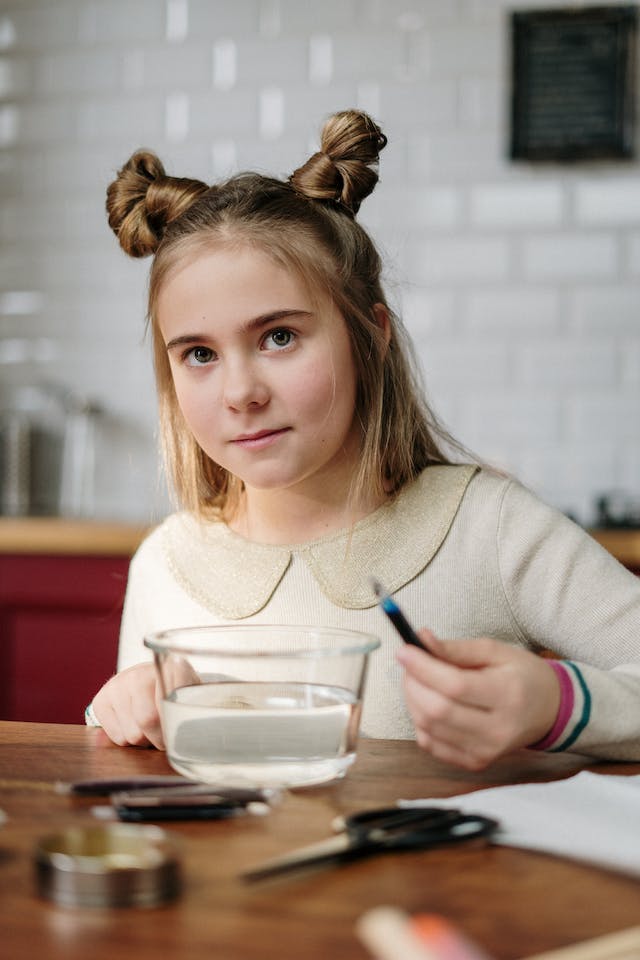I have always thought that food dye contributes to hyperactive behavior, so it was interesting to read more on what more mainstream groups say about food dye and the role it plays in behavior.
Food dye may possibly be the reason of hyperactivity in kids
Last spring, the Food and Drug Administration looked into the possibility of food dyes causing hyperactivity in kids. Although food dye has been around for many years and is used in all types of foods, recent studies have caused some experts to ask the FDA to either ban food dye or put warning labels on foods with this ingredient.
The Center for Science in the Public Interest, has asked the FDA to band eight food dyes. They are focused primarily on Yellow No. 5, Yellow No. 6, and Red No. 4., because they make up most of the food dyes used in processed food. This same group says that there is a lot of evidence that food dye increases hyperactivity in children.
FDA’s findings about food dye in connection to children’s hyperactive behavior
The FDA, on the other hand, reviewed 35 years of research and did not find proof that food dye causes kids to become hyperactive. It did find, however, that children with ADHD might be sensitive to the food dye. The FDA along with other child developmental experts believe that more studies need to be done, because the research that is currently available has many problems associated with it.
FDA’s findings are still open to debate; Europe bans food dyes
While the United States still debates this topic, the Europeans have already started taking action against the use of food dyes. They now require that warning labels should be put on all food that has food dye, so that parents know that it may cause hyperactive behavior.
Although there is no conclusive evidence that food dye causes hyperactivity, there is also no solid evidence that it does not. Therefore, it is good that the FDA is willing to pursue this topic in order to better understand how food dye affects behavior.
Why not try making natural food dyes?
These natural food dyes may not be as vibrant as their artificial counterparts, but at least these still give color to your foods attractive enough for your kids to eat. And most of all, they are guaranteed safer alternatives.
If you’re still convinced and concerned that food dyes are causing hyperactive behavior in your children, it’s time for you to introduce them into healthy eating. Kids still love foods that look pretty and colorful though, so you have to be clever and ingenious enough on how to present dishes to your children.
Why not try to make food dyes that come from natural sources? For example, if you have to use red food dye, look out for beets or raspberries. For orange dye, you can use either carrot or paprika; for yellow, you can use turmeric or saffron; for blue, use natural blueberry juice; for green, you may use macha green tea powder; for brown, you can use cocoa or coffee granules.

